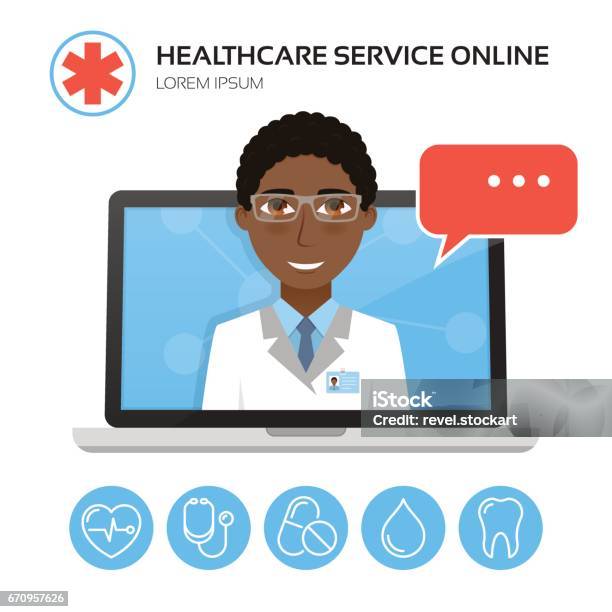Understanding the Cost-Effectiveness of Subscription-Based Health Care Versions
As the health care landscape evolves, subscription-based versions emerge as an engaging alternative, guaranteeing to redefine just how individuals take care of medical expenditures. Evaluating these designs' cost-effectiveness necessitates a nuanced comparison with typical insurance coverage, taking into consideration both financial ramifications and patient fulfillment. While they supply transparency and predictability in expenses, inquiries remain regarding their capacity to meet diverse health care demands, especially for specialized treatments. The point of views of doctor additionally complicate this formula, offering a multifaceted difficulty. What does the future hold for these designs, and can they absolutely supply on their promise of available, affordable care?
Introduction of Subscription-Based Designs
Subscription-based health care designs, in some cases referred to as direct primary treatment or attendant medication, are progressively acquiring attention as a potential solution to inadequacies within typical healthcare systems. These designs operate on the concept of offering people straight access to healthcare service providers through a annual or monthly cost, bypassing the requirement for conventional insurance devices. This plan aims to simplify patient-provider communications by decreasing administrative problems, which typically hinder customized and prompt treatment.
At the core of subscription-based models is the focus on a more tailored individual experience. Patients gain from enhanced accessibility to their doctors, often consisting of same-day or next-day consultations, expanded examination times, and straight interaction networks such as phone or video phone calls. This version promotes an aggressive method to health care, where individuals and service providers can collaboratively concentrate on preventative care and persistent condition administration.

Price Comparison With Standard Insurance Policy

One of the main financial benefits of registration models is transparency in expenses. Conversely, typical insurance might be extra useful for people needing specialized care or expensive therapies not covered under a membership design, as they benefit from the more comprehensive insurance coverage network and cost-sharing systems.
However, cost-effectiveness is context-dependent. While registration designs might use savings for those largely needing medical care, individuals with persistent conditions or specialized medical care requirements may find typical insurance coverage extra detailed. Reviewing particular medical care requirements and prospective use is crucial in determining the most affordable alternative for individuals.
Effect On Individual Contentment
Client satisfaction within subscription-based healthcare models frequently reflects a significant improvement over traditional insurance systems. Unlike standard systems, where individuals may experience delays in receiving treatment, subscription-based versions make sure more direct and timely interactions with healthcare providers.
Moreover, the openness in expenses related to subscription-based healthcare relieves the usual irritations associated with unexpected costs and complicated billing procedures seen in standard insurance coverage (subscription based healthcare). Patients value understanding the exact monetary commitment upfront, bring about boosted count i thought about this on and self-confidence in their health care management
In addition, the emphasis on preventative care and health in membership versions contributes to improved health and wellness outcomes, additionally enhancing person complete satisfaction. By concentrating on ongoing wellness upkeep as opposed to my latest blog post episodic treatment, clients experience an even more continuous and alternative healthcare journey.
In addition, the improved provider-patient partnership fostered in these designs, characterized by more time spent per patient and individualized attention, plays a vital role in raising individual satisfaction levels, as individuals really feel genuinely taken care of and recognized.
Provider Point Of Views and Experiences
From the provider's perspective, subscription-based health care versions use a transformative approach to delivering medical services. These designs stress a preventative and proactive healthcare technique, enabling carriers to concentrate on comprehensive client care without the restrictions of conventional fee-for-service plans (subscription based healthcare). This change in focus commonly causes boosted individual outcomes and boosted copyright satisfaction, as medical care specialists can allot even more time and sources to individual involvement and customized care plans
Furthermore, subscription models facilitate foreseeable earnings streams, which improve monetary stability for healthcare providers. This predictability permits boosted source planning and allocation, adding to an extra effective healthcare delivery system. Carriers can buy personnel training, technology, and infrastructure enhancements, thereby boosting the high quality of care used.
Nonetheless, the change to subscription-based models is not without difficulties. Regardless of these hurdles, numerous suppliers locate that the benefits of enhanced individual communication and structured operations outweigh the preliminary difficulties, making subscription-based versions an eye-catching option.
Future Prospects and Difficulties

A primary obstacle is governing conformity, as membership models have to stick to progressing health care policies and insurance policy needs. This requires continuous adjustment and advancement to guarantee alignment with lawful criteria. In addition, incorporating these designs right into existing health care infrastructures can be intricate, needing significant financial investments in innovation and training.
There is also the possible danger of developing inequities in healthcare accessibility, as subscription versions may prefer those who can manage them, leaving susceptible populaces underserved. Addressing this calls for thoughtful consideration of rates techniques and aid mechanisms to make certain inclusivity.
Final Thought
Subscription-based medical care models present a practical option to typical insurance by offering financial predictability and transparency, especially profiting people with persistent problems or regular health care demands. The cost-effectiveness of these versions is contingent upon specific medical care use patterns and conditions.
Subscription-based medical care versions, sometimes referred to as straight key treatment or attendant medication, are significantly obtaining focus as a possible option to ineffectiveness within standard health care systems. Unlike standard systems, where individuals may experience delays in receiving treatment, subscription-based versions make sure even more prompt and straight communications with healthcare service Read More Here providers.
These models emphasize a preventative and aggressive health care technique, allowing providers to concentrate on detailed client care without the restraints of standard fee-for-service arrangements. As these versions proceed to acquire grip, they offer the prospective to revolutionize patient accessibility to care, streamline service distribution, and maximize health care spending.Subscription-based medical care models offer a feasible alternative to typical insurance coverage by providing economic predictability and transparency, specifically benefiting people with chronic problems or regular medical care requirements.
Comments on “The Influence of Subscription Based Healthcare on Typical Clinical Practices”